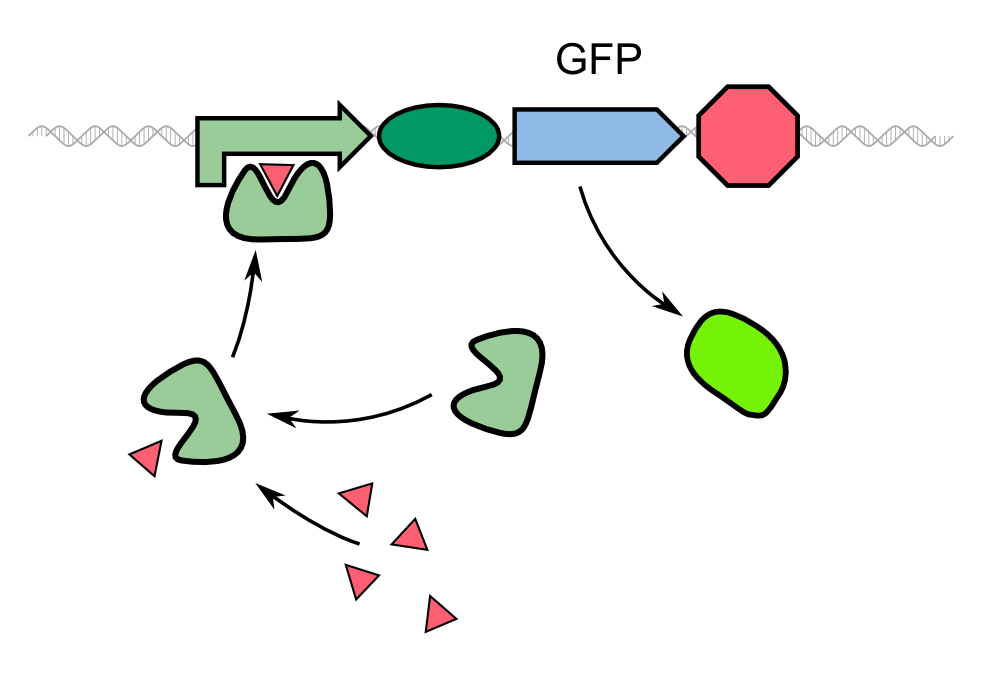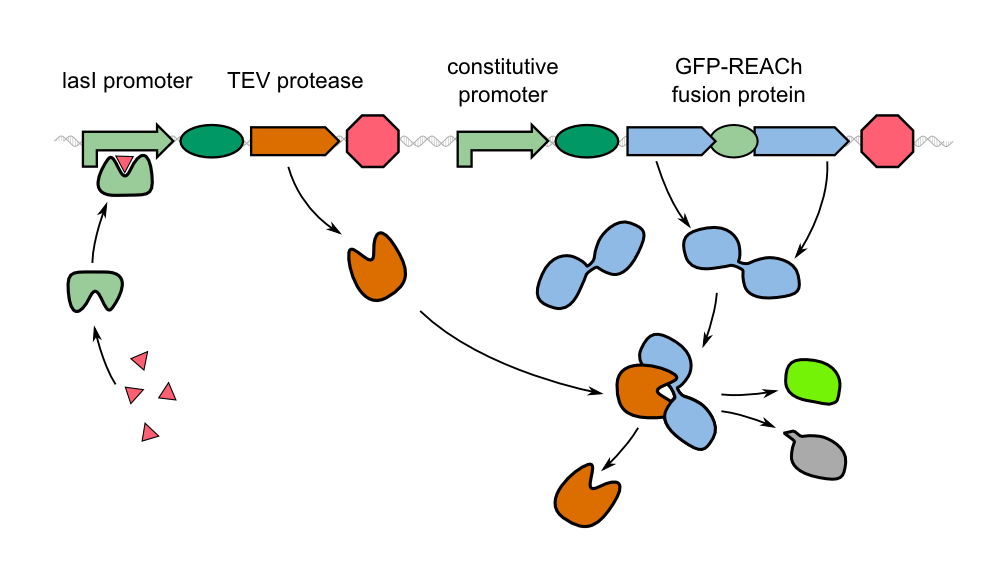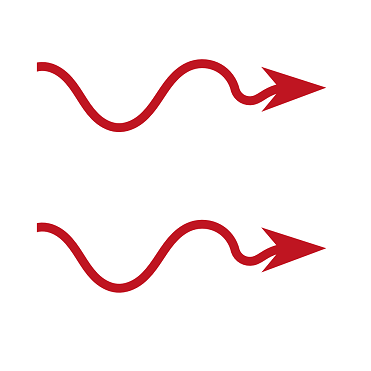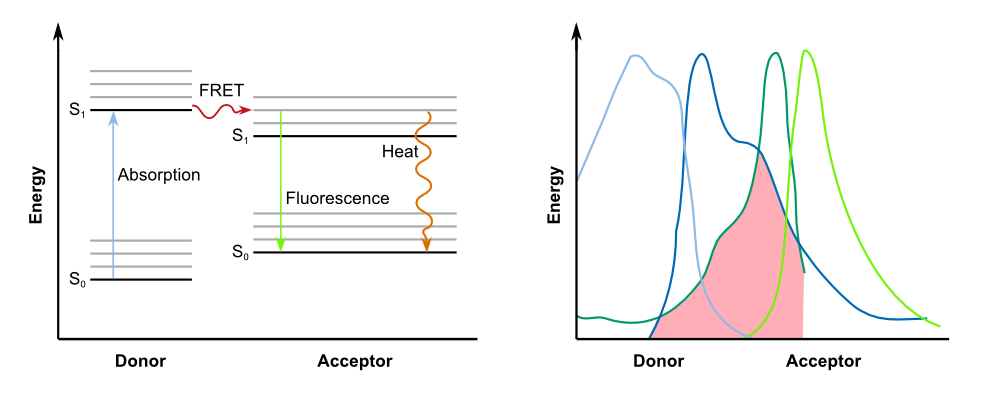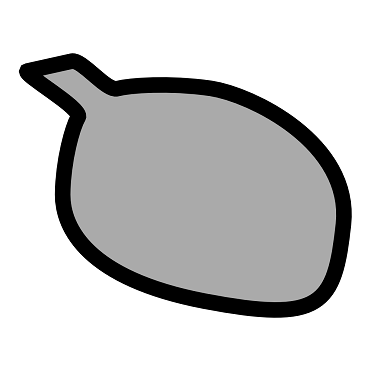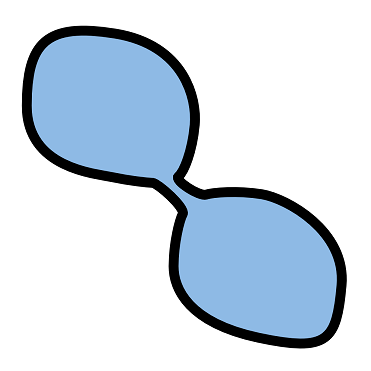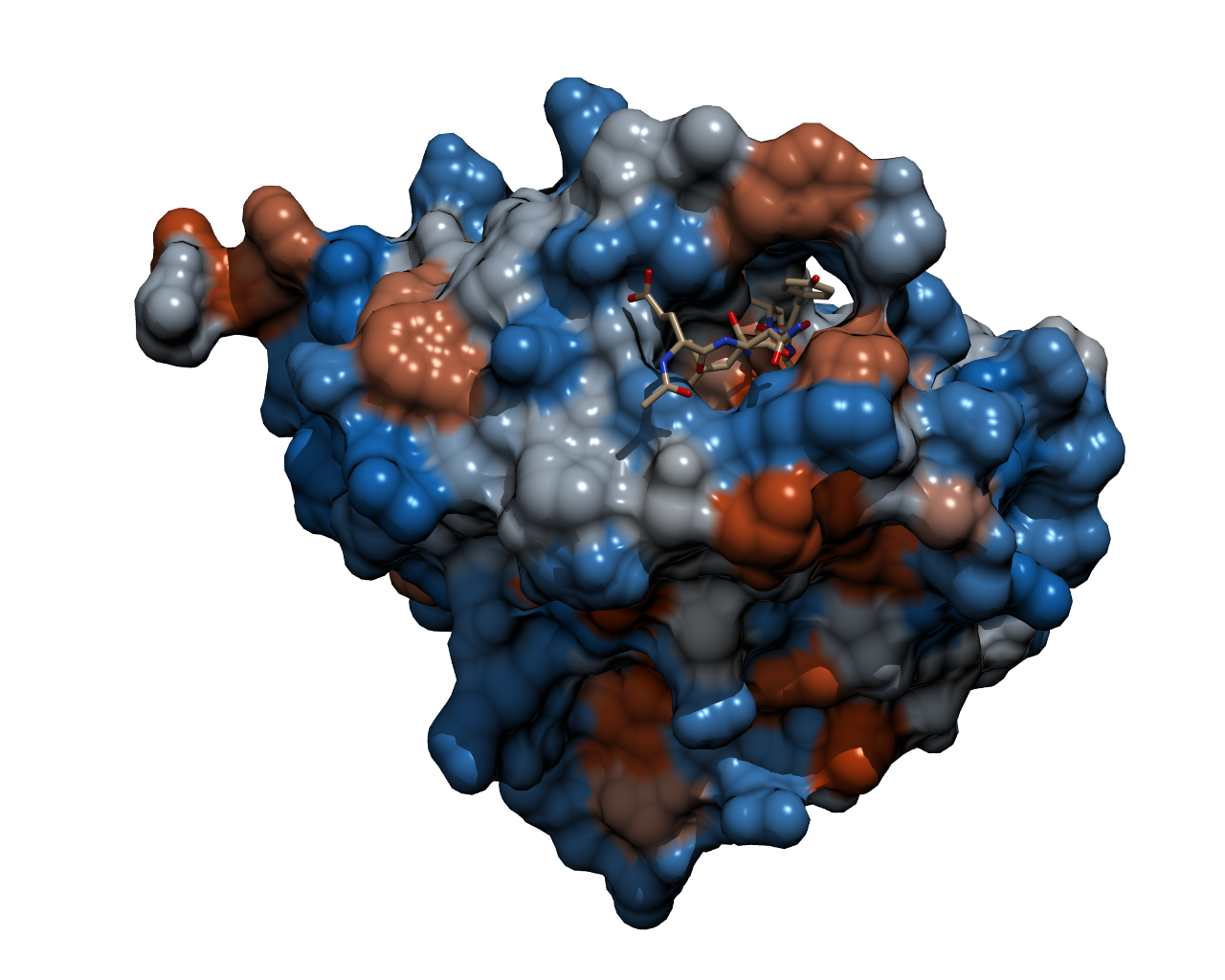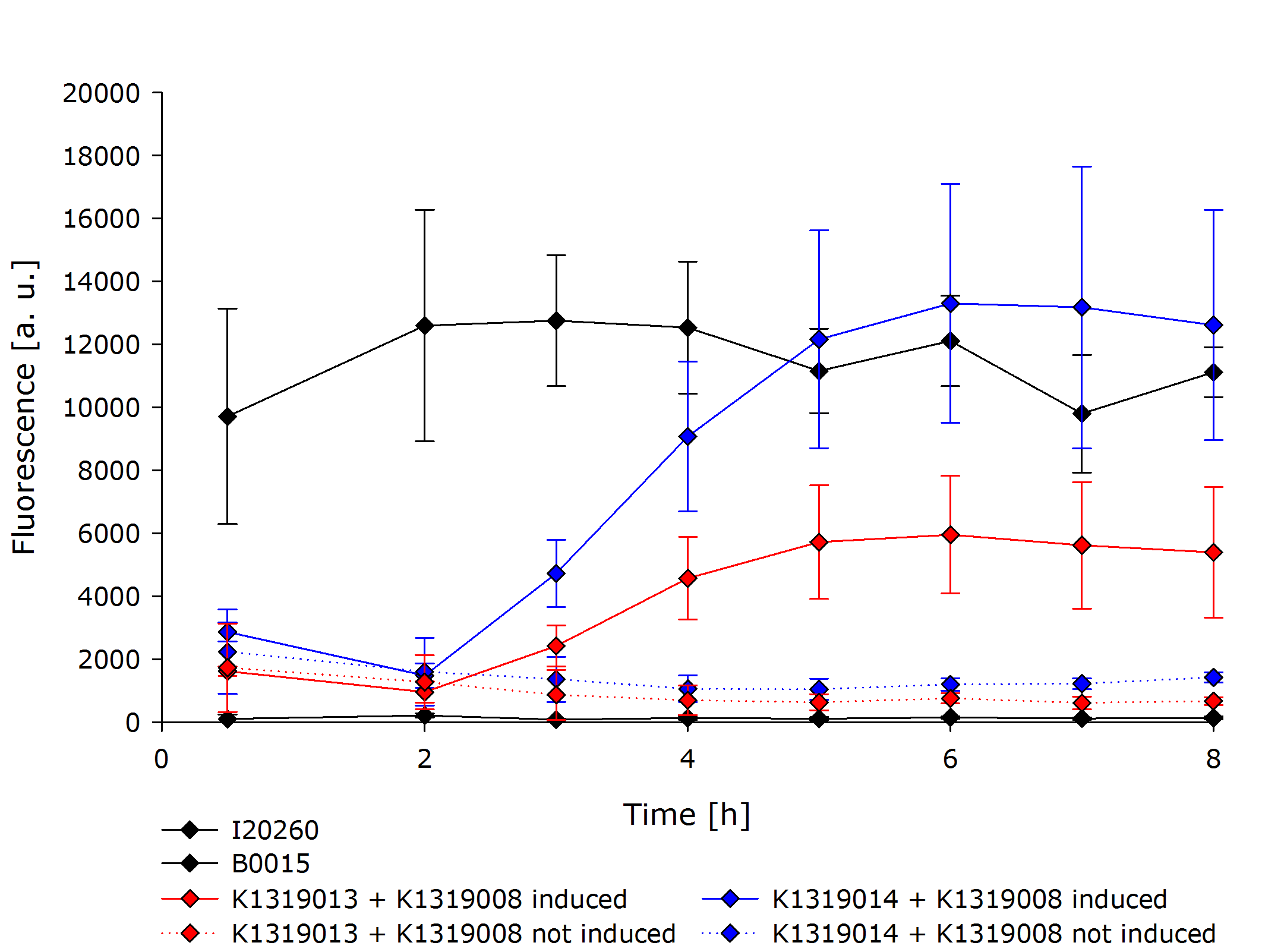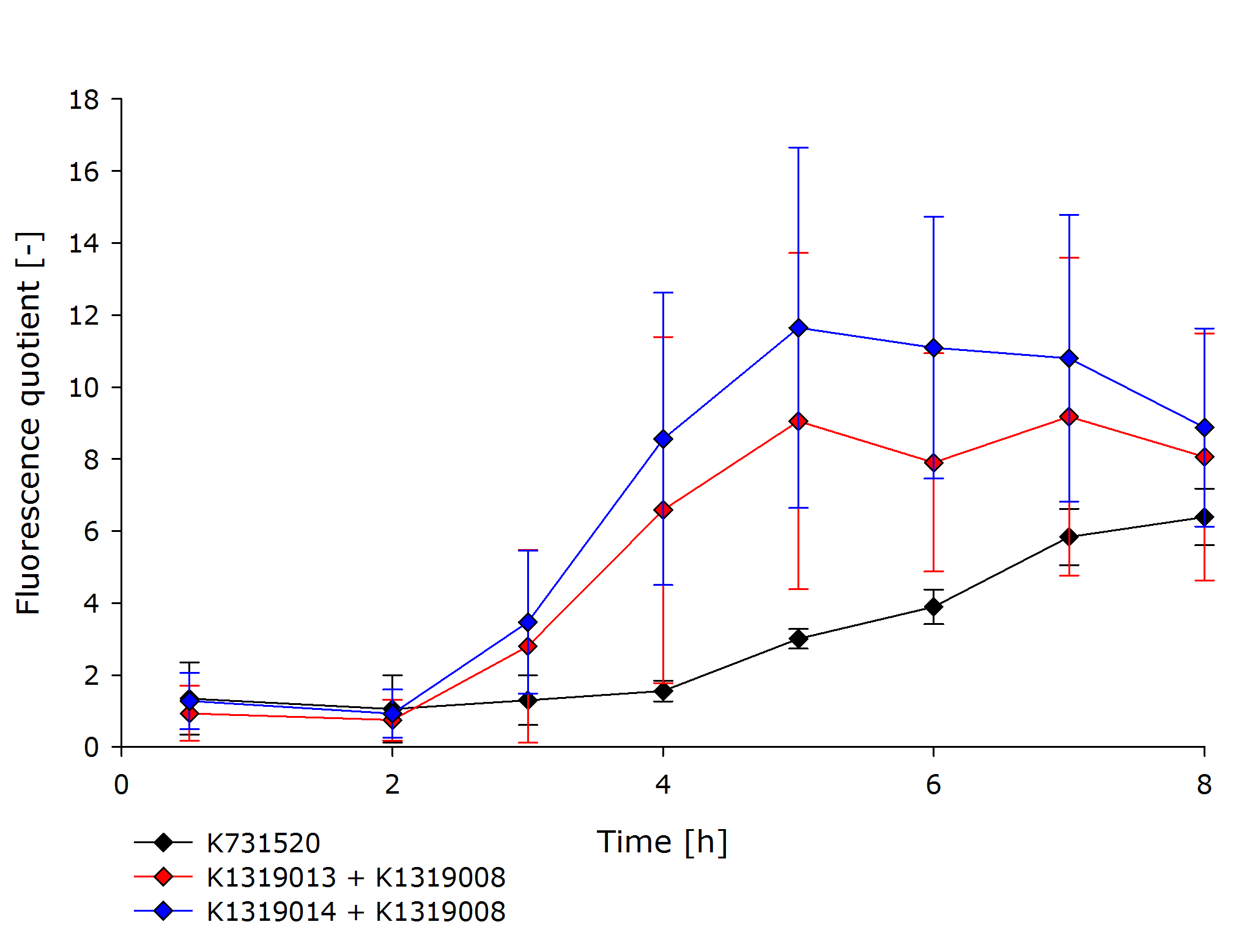Team:Aachen/Project/FRET Reporter
From 2014.igem.org
AZimmermann (Talk | contribs) (→Characterizing the GFP-REACh Constructs in our Sensor Chips) |
AZimmermann (Talk | contribs) (→Characterizing the GFP-REACh Constructs in our Sensor Chips) |
||
| Line 197: | Line 197: | ||
The kinetics of the fusion protein combined with the TEV protease exhibits the exact characteristics as predicted. The response is clearly faster than normal expression by accumulating a reservoir of fusion proteins which are not fluorescing due to the dark quencher attached to them. This reservoir is then activated by the induction of the TEV protease expression. Production of the protease results in the cleavage of the fusion protein, releasing GFP from the dark quencher and disturbing the interaction between the FRET pair. This results in the observed faster fluorescence reaction due to the amplificating effect of the TEV protease in which every one TEV protease can account for many fluorescence proteins being activated. | The kinetics of the fusion protein combined with the TEV protease exhibits the exact characteristics as predicted. The response is clearly faster than normal expression by accumulating a reservoir of fusion proteins which are not fluorescing due to the dark quencher attached to them. This reservoir is then activated by the induction of the TEV protease expression. Production of the protease results in the cleavage of the fusion protein, releasing GFP from the dark quencher and disturbing the interaction between the FRET pair. This results in the observed faster fluorescence reaction due to the amplificating effect of the TEV protease in which every one TEV protease can account for many fluorescence proteins being activated. | ||
| - | ===Characterizing the GFP-REACh Constructs in | + | ===Characterizing the GFP-REACh Constructs in Sensor Chips=== |
<div class="figure" style="float:{{{align|left}}}; margin: 0px 10px 10px 40px; border:{{{border|0px solid #aaa}}};width:{{{width|500px}}};padding:10px 10px 0px 0px;"> | <div class="figure" style="float:{{{align|left}}}; margin: 0px 10px 10px 40px; border:{{{border|0px solid #aaa}}};width:{{{width|500px}}};padding:10px 10px 0px 0px;"> | ||
| Line 208: | Line 208: | ||
To further characterize the REACh construct, they were introduced into the sensor cells which were then induced with 2 µL IPTG with a concentration of 100 mM. Subsequently, we took fluorescence measurement read-outs (GFP, excitation 496 ± 9 nm, emission 516 ± 9 nm) roughly every 10 min in the plate reader. The results were plotted in the heatmap shown on the left. | To further characterize the REACh construct, they were introduced into the sensor cells which were then induced with 2 µL IPTG with a concentration of 100 mM. Subsequently, we took fluorescence measurement read-outs (GFP, excitation 496 ± 9 nm, emission 516 ± 9 nm) roughly every 10 min in the plate reader. The results were plotted in the heatmap shown on the left. | ||
| - | The heatmap shows an increase of fluorescence from blue (no fluorescence) to red (high fluorescence). It is clearly visible that the induced chips are exhibiting a significantly higher fluorescence than the uninduced chips. This again shows that the constructs work as intended: The TEV protease cuts the linker so that the fusion protein is separated into GFP and a dark quencher, disabling the quenching. GFP has a clear fluorescence emission after the fusion protein has been successfully cut into two pieces by the TEV protease. | + | The heatmap shows an increase of fluorescence from blue (no fluorescence) to red (high fluorescence). It is clearly visible that the induced chips are exhibiting a significantly higher fluorescence than the uninduced chips. This again shows that the constructs work as intended: The TEV protease cuts the linker so that the fusion protein is separated into GFP and a dark quencher, disabling the quenching. GFP has a clear fluorescence emission after the fusion protein has been successfully cut into two pieces by the TEV protease. |
| + | <html></br></br></br></br></br></br></br></html> | ||
===Comparing the kinetic of the double plasmid systems K1319013 + K1319008 and K1319014 + K1319008 with standard GFP expression=== | ===Comparing the kinetic of the double plasmid systems K1319013 + K1319008 and K1319014 + K1319008 with standard GFP expression=== | ||
Revision as of 13:23, 17 October 2014
|
|
|
|
|
|
|
|
 "
"

